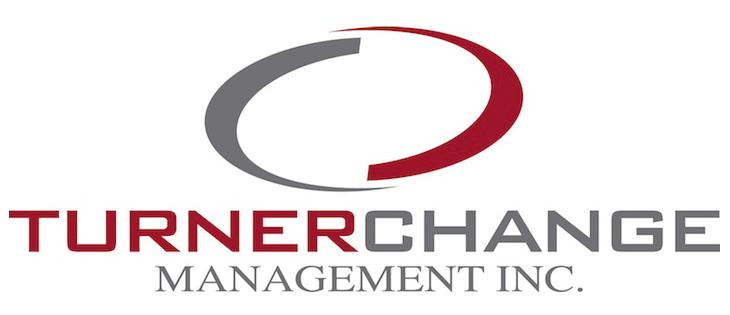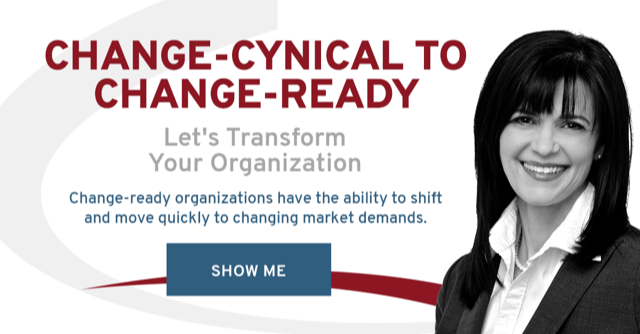Personal Change Readiness
There’s a lot of talk about resistance to change. The number one question I am asked about managing change is: How do we manage the resistance to change? My answer is, build readiness and you won’t have to manage resistance. Where there is readiness, resistance can’t exist. That’s why I advocate for leaders to help people feel prepared, capable, and supported to move toward something new and different.
Building readiness is not just for organizational change. It is also crucial for our health and well-being. When we focus on building personal change-readiness, we can:
- Use the natural energy of change to create stability and experience a sense of control
- Experience less dis-stress during both planned and unexpected change events
- Interact with the uncertainty of change events instead of reacting.
In our Stress Management for Organizational Change course, one of the four keys we introduce to enable participants to build personal change readiness and resilience is to view change as normal.
Change as Normal
This month we celebrated my mother’s 82nd birthday. We had planned to celebrate together, with her coming to the west coast. But like so many things this year, our plans changed, and it was a virtual celebration.
As I ended our Face Time call with a Happy Birthday, I found myself reflecting on the amount of change she has seen in her lifetime. Some changes, like the introduction of the TV, then colour and cable TV, have been fun and opened up new worlds. Other more recent changes like Face Time and Zoom have allowed us to stay connected in ways that weren’t possible just five short years ago.
There have also been changes like the loss of her husband and recent health events that have not been fun or welcomed. They have posed new challenges, been uncomfortable, and created lots of uncertainty. Yet, through all of it she has demonstrated strength and a sense of balance and stability. She can do this because she believes that change is something you move through and it is not a barrier meant to stop you.
Ian Percy, the author of Exploring Spirituality Going Deep in Life and Leadership, states, “sometimes people make an enemy of change because it becomes an obstacle to be overcome instead of something to move through.”
Change and the constancy of change is our normal state. Even when we sit and do nothing, we are changing emotionally, physically, and cognitively. This idea is something we delve deeper into at our Stress Management For Organizational course.
The Value of Change as Normal
All people dislike uncertainty. We (humans) crave predictability and fear the unknown. Ironically, it’s through change that we gain our sense of stability and balance.
It’s not possible to control every event that happens to us. Our need to be in control is often the underlying cause of our stress, especially when something unexpected happens, or we experience discomfort during a planned change event.
Re-framing can change that. When we shift our perspective and view change as normal, we can interact instead of simply react to any event (planned or unplanned). Interacting instead of reacting allows our executive or logical part of the brain to exercise control, not over the event but our response to it. Sometimes that’s all that’s needed to reduce the uncertainty, feel more in control and therefore less stressed.
The Benefit of the Five Second Pause
We may think you’re making a logical decision but likely you’re making an emotional one. It takes 500 milliseconds longer for information to reach the logical/conscious centre of the brain and form a thought than it does to activate our emotional centre[1]. The speed at which our emotional centre operates means it can register and react to an event before our conscious rational brain is even aware that something has occurred.
That’s why it’s so important to take a pause before reacting to a situation.
Pausing for as little as five seconds when you encounter something new, unexpected, and potentially uncomfortable gives your executive centre of the brain time to catch up and process the information. Which in turn generates more options and allows you to choose your response.
When faced with something new or unexpected in your organization and in life, take a pause. It might surprise you how many new options you have for responding and reducing the uncertainty and stress of the event.
[1] Watkins, A. (2014). Coherence: The Secret Science of Brilliant Leadership London United Kingdom: Kogan Page Limited.





